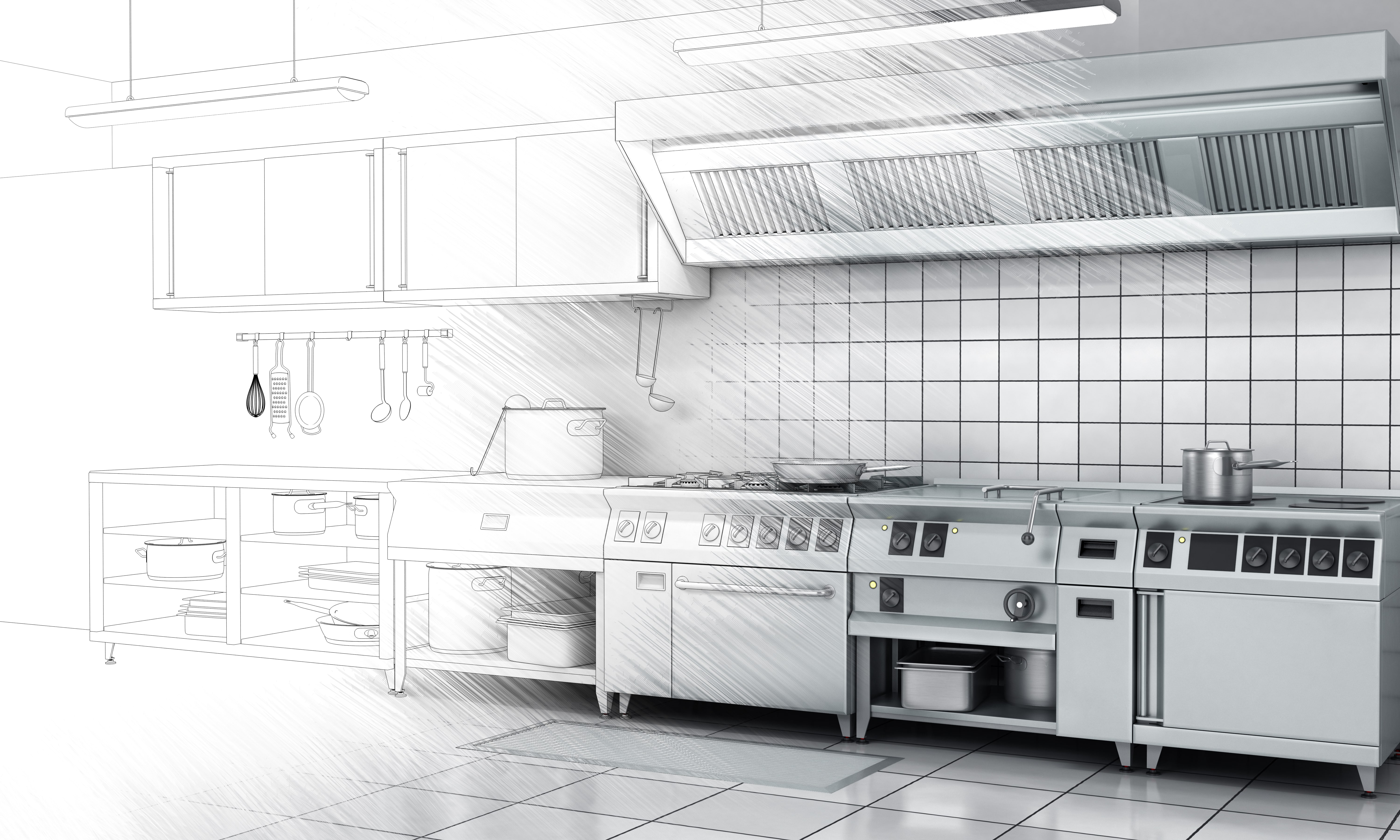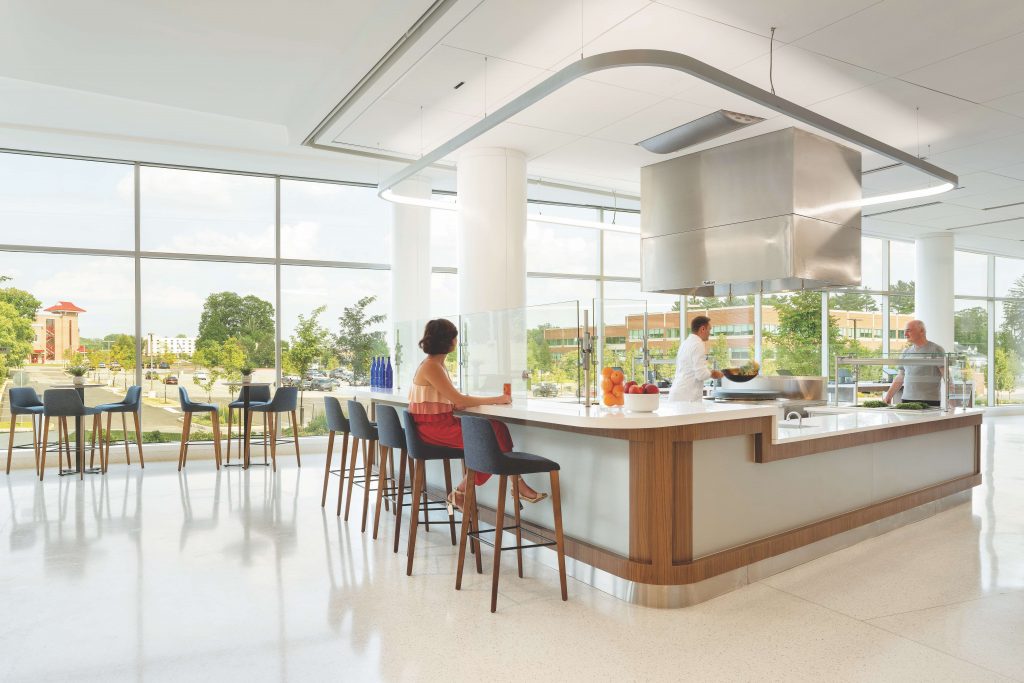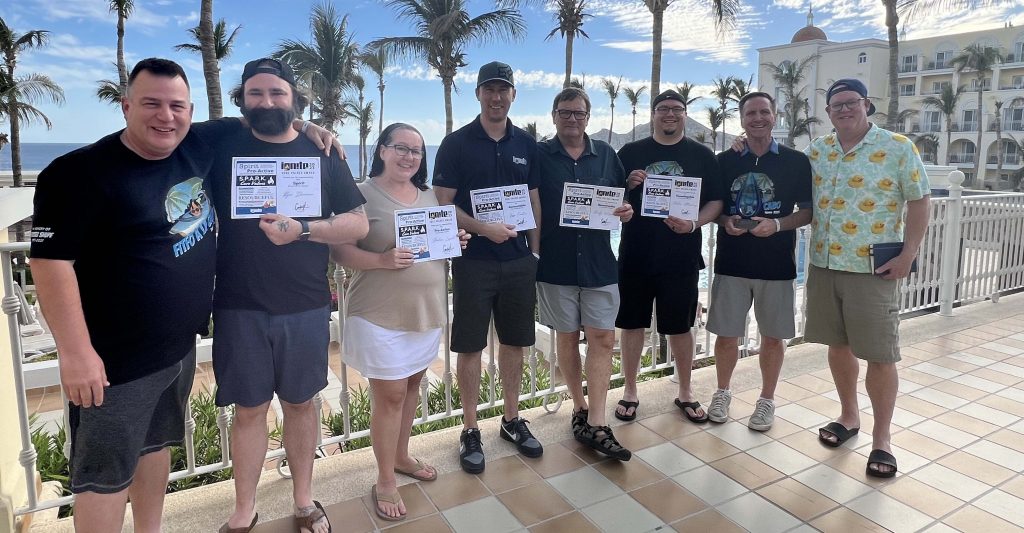
“Where you innovate, how you innovate, and what you innovate are design problems”: Tim Brown, CEO and president of IDEO.
Should the current approach to the design of commercial kitchens that is a kind of teleology – the study of evidences of design in nature –needing no further enquiry be questioned?
Certainly the past year has raised plenty of questions as to whether commercial foodservice will ever be the same again. As a result, is the current facilities design approach and the equipment available to deliver the service fit for this new normal. Although you would have to ask why the question has not been raised before? After all Heston Blumenthal and Ferran Adria et al have been exploring the potential for change as well as those developing 3D printing protein for many years.
And if the nature of the food and service is evolving why does the fundamental design approach to the facilities and equipment in most cases appear static?
This situation is no more evident than through the development and uptake of “kitchen design tools” and the fact that there seems to be more interest in Building Information Management (BIM) tools and mechanical codes than the basic question of what will the kitchen of the future look like.
A change landscape
To return to teleology: the philosophical interpretation of natural phenomena as exhibiting purpose. Or in this case applied to design as if it were only natural that the approach to kitchen design is as it is because there is no other way of thinking about what is a commercial kitchen in any cultural situation.
But now we are being forced to face up to the fact that because of these ‘new normal’ circumstances the commercial foodservice that we are familiar with has changed; maybe forever. And in a superficial way the development of ghost kitchens exemplifies this fact. Superficial because they are generally patched together using standard available equipment working in the same way attempting to deliver the same product in totally different circumstances.
This fact if anything should encourage a complete rethink by foodservice consultants of the model of service in the same way as Ferran and Albert Adria and Oriol Castro and team were doing over 20 years ago at El Bulli. During this time they explored the changes in menu structure that we all now recognise from formal meal courses to tapas and then the tasting menu of today.
But in all this time the basic approach to the production and delivery of the meal has generally remained the same. Escoffier and Alexis Soyer would both recognise most hotel and restaurant kitchens of today despite the progress made in all other areas of endeavour and the opportunities the digital revolution continue to offer. Certainly the cost of space and labour have changed the basic western kitchen from individual, sometimes enclosed, departments to open kitchens, but their roles have only morphed into a single entity, not changed the overall system. The process remains the same.
New into old?
Equipment manufacturers will claim that they are continually developing new more advanced products. But in reality they are incorporating new technology into old systems. A digital thermostat replacing an analogue thermostat is not real change. The last real disrupting change was by Rational with the introduction of the Combi oven. Even then in most cases it has only been used to replace the standard oven and as with other individual groundbreaking innovations such as the microwave oven, conveyor oven and re-therm systems, seldom used to completely change the approach to the way that the kitchen is designed and works.
There have been a multitude of individual innovations over recent years that have been used to improve a particular part of the meal production or service but the opportunity to step back and explore how collectively these innovations could lead to a new way of thinking about the commercial kitchen is rarely taken.
The consultants’ role
Of course a foodservice consultant will be responding to the brief given by the client and in theory this will define what the client expects; which is assumed to be no surprises. The consultant will, in responding to the brief, suggest some innovations and improvements that the client may or may not accept. Certainly it is the responsibility of a foodservice consultant to incorporate the most advanced equipment and systems in a commercial kitchen or laundry because, in a sense, the day it opens it will be out of date through the availability of even newer systems and technology.
The solution has to be for the flexibility in the design to incorporate and adapt to new opportunities that may arise in the future.
But it is the basic idea of the commercial kitchen that is being questioned and how to approach the design of the next generation of kitchens and service. How do we use the evolved technology of robotics, materials handling, process control and AI and so on to rethink the way that a kitchen could be?
One way is to look at other industries, not necessarily those associated in any way with food to see if any technology and systems are transferable. One instance could be the garment making industry which is also labour intensive and has developed innovations in conveyors and materials handling which might be adapted for use. A benefit of taking ideas and concepts from other industries is that the technology would be fully developed and therefore generally reliable and affordable.
Is the design of the commercial kitchen the natural result of the meal being produced or is it a continuing evolution? In which case what is the next stage of the evolution and how do we get there?
It has to be the role of the foodservice consultant to question the status quo and the accepted norms. Because something has always been that way is a very good reason for thinking that it must be the time to change.
To quoteTim Brown again, in his book Change By Design (Harper Business): “Leaders should encourage experimentation and accept that there is nothing wrong with failure as long as it happens early and becomes a source of learning.”
Tim Smallwood FFCSI




